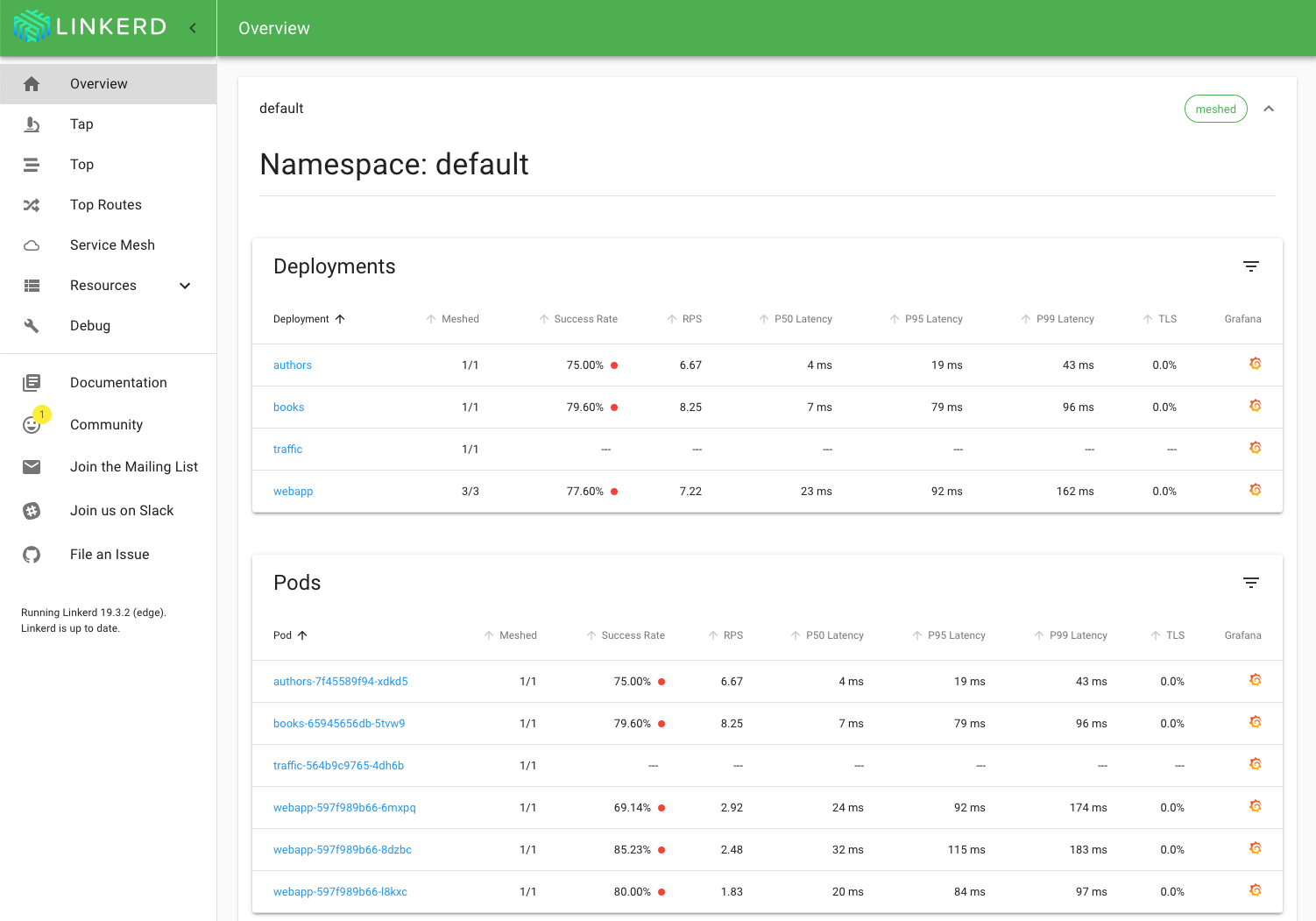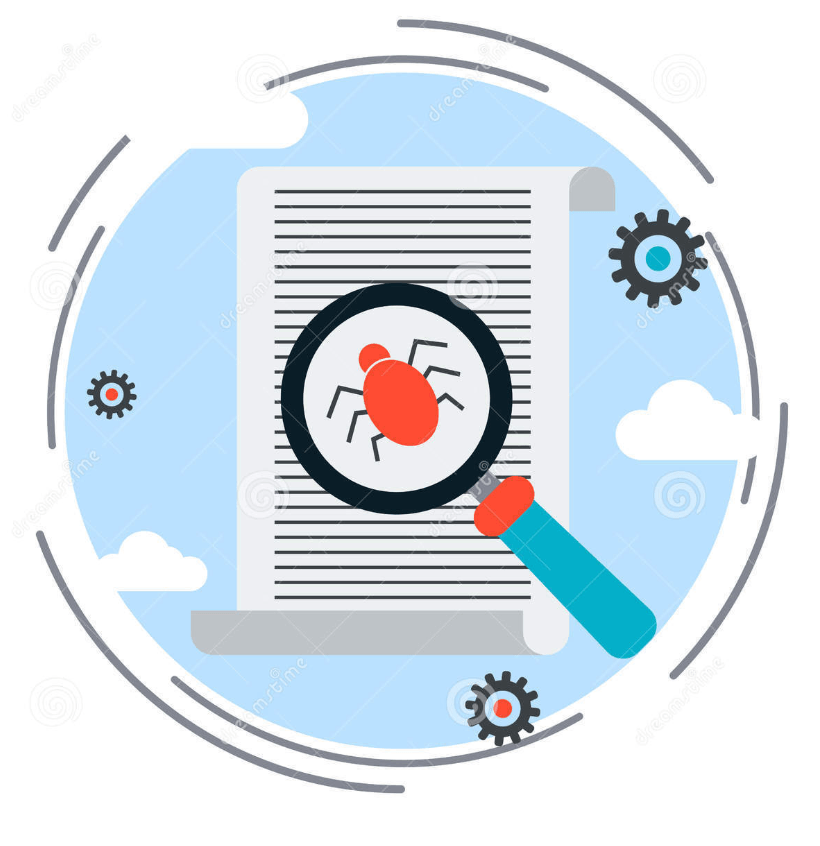

Today we’re very happy to announce the release of Linkerd 2.3. This release graduates mTLS out of experimental to a fully supported feature, and introduces several important security primitives. Most importantly, Linkerd 2.3 turns authenticated, confidential communication between meshed services on by default.
This is the first step towards answering a challenge we posed ourselves over a year ago: Can we make secure communication easier than insecure communication for Kubernetes?
This isn’t just a theoretical question. In a world where the majority of web browsers and web sites use strong encryption and authentication with zero effort on the part of the user, it’s increasingly strange for Kubernetes services to communicate without authentication and over plain text. Why should surfing for cat pictures on Reddit have more security guarantees than the internals of our own applications?
Securing the communication between Kubernetes services is an important step towards adopting zero-trust networking. In the zero-trust approach, we discard assumptions about a datacenter security perimeter, and instead push requirements around authentication, authorization, and confidentiality “down” to individual units. In Kubernetes terms, this means that services running on the cluster validate, authorize, and encrypt their own communication.
But security that imposes a burden on the user—especially complex setup and configuration—is security that doesn’t get used. If zero trust is the foundation of the future of Kubernetes network security, then the cost of adopting zero trust must be as close to zero as possible. In Linkerd 2.3, we tackle this challenge head-on:
- The control plane ships with a certificate authority (called simply “identity”).
- The data plane proxies receive TLS certificates from this identity service, tied to the Kubernetes Service Account that the proxy belongs to, rotated every 24 hours.
- The data plane proxies automatically upgrade all communication between meshed services to authenticated, encrypted TLS connections using these certificates.
- Since the control plane also runs on the data plane, communication between control plane components is secured in the same way.
All of this is enabled by default and requires no configuration. This means that as of the 2.3 release, Linkerd now gives you encrypted, authenticated communication between all your meshed services with no effort on your part. That may not be all you need for zero trust networking in Kubernetes, but it’s a significant start.
This release represents a major step forward in Linkerd’s security roadmap. In an upcoming blog post, Linkerd creator Oliver Gould will be detailing the design tradeoffs in this approach, as well as covering Linkerd’s upcoming roadmap around certificate chaining, TLS enforcement, identity beyond service accounts, and authorization. We’ll also be discussing these topics (and all the other fun features in 2.3) in our upcoming Linkerd Online Community Meeting on Wednesday, April 24, 2019 at 10am PT.
Ready to try it? Those of you who have been tracking the 2.x branch via our weekly edge releases will already have seen these features in action. Either way, you can download the stable 2.3 release by running:
curl --proto '=https' --tlsv1.2 -sSfL https://run.linkerd.io/install | shFinally, we’d be remiss if we didn’t point out that this approach has been deeply inspired by our friends at Smallstep, Cloudflare, Let’s Encrypt, Mozilla, and other amazing organizations that strive to make the Internet secure by default.
Linkerd is a community project and is hosted by the Cloud Native Computing Foundation. If you have feature requests, questions, or comments, we’d love to have you join our rapidly-growing community! Linkerd is hosted on GitHub, and we have a thriving community on Slack, Twitter, and the mailing lists. Come and join the fun!
Image credit: Robert McGoldrick



